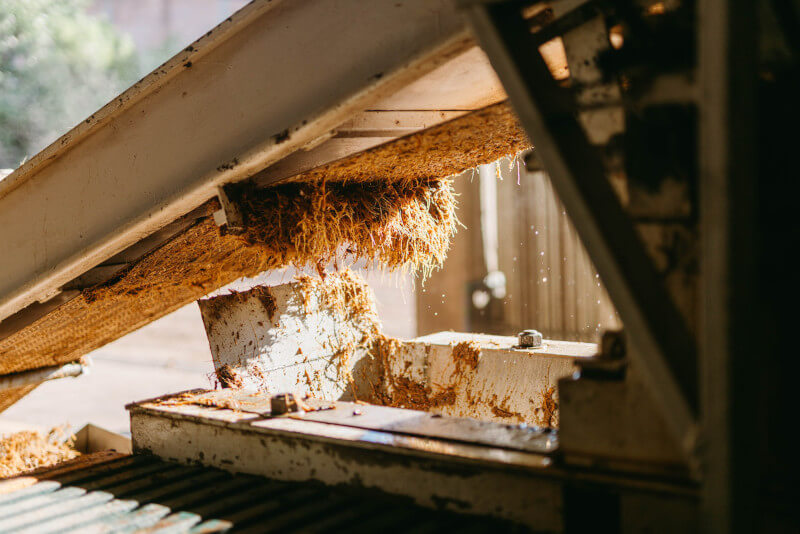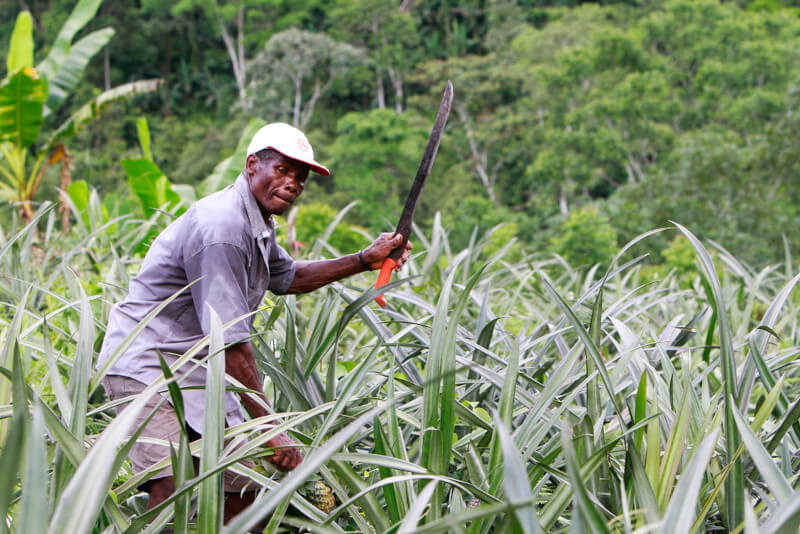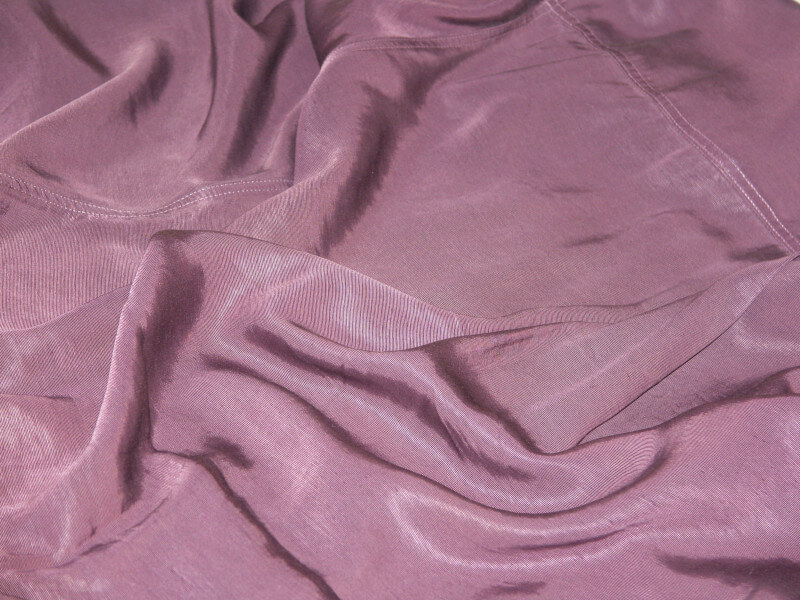The global clothing industry was accused of immoral practices 40 years ago, including the use of child labor, slave-labor wages, excessive overtime, and poor and dangerous conditions of employment. The clothing industry became a symbol of everything flawed with factories in the least developed and developing countries. It took many years for people to finally shed an unfavorable reputation. We prefer to avoid being classified in any way at this point.
We are now a part of a world in which the overwhelming majority of people think that the highest imminent threat that civilization currently faces is climate change. Unfortunately, the worldwide textile and clothing industry has once again become the target of criticism, and this time it is being portrayed as an adversary of sustainable practices. The manufacturing sector has been accused of making products out of non-biodegradable materials, which are then invariably dumped in landfills, where they will remain intact for hundreds of thousands of years at the very least.
The issue of sustainability is a relatively new one. Natural fibers, which are by definition capable of being broken down into new materials, were the primary component of fashion-related textiles for a very long time. The four primary types of natural fibers were as follows:
- Silk
- Cotton
- Hair from smaller animals (wool, cashmere, angora, etc)
- Other vegetable fibers (OVF) (linen, jute, ramie, etc)
Recent technological advancements have resulted in the creation of a fifth category known as man-made fibers (MMF), which is further subdivided into the following two categories:
Fibers that are not produced from natural sources such as cellulose, such as rayon (viscose), acetate, or cellophane. These fibers are considered to be artificial or semi-synthetic. These are from the latter half of the 19th century and the early 20th century.
- Synthetic fibers are those that are derived from man-made polymers, such as polyester, polyacrylic, and polyamides (also known as nylon). Polyamides and polyacrylics start dating back to the 1920s, while polyester was created in 1941 and first generated for apparel in the UK in 1951 under the brand Terylene and in the US under the brand Dacron.
The issue is that we currently live in an era in which we consider innovation to be synonymous with high-tech development and, as a result, search for development through the introduction of new synthetic materials.
Imagine Materials Like Gore-tex and Nanofibers
In 1969, WL Gore was the one who came up with the idea for the textile product known as Goretex. Goretex is a type of fabric membrane that is both waterproof and breathable. It can repel liquid while still allowing water vapor to pass through it. It performs exceptionally well as outerwear for strenuous activities such as mountain climbing, sailing, and trekking in harsh environments.
The Goretex label was introduced commercially as a functional improvement; however, it has since evolved into a status symbol in the fashion industry. The fact that Teflon is used in the production of Goretex presents a problem. As a consequence, even though you’ll eventually get rid of your Goretex anorak after ten years, it will continue to look the same wherever it goes. This means that it will last virtually forever.
The development of nanofibers can be traced back to the latter half of the nineteenth century and continued through the 1920s. However, commercial applications of nanofibers did not begin until the latter part of the 20th century, when the technology was still in the development stage. In the textile industry, the nanofiber is utilized in the production of sportswear textiles as a membrane that is bonded to other fabrics to simultaneously remove water vapor and offer high resistance to water. The end product is a lightweight fabric that is appropriate for activities that take place in cold weather and, once more, is assured to last forever.
The Development of Innovative Synthetic Fabrics Pose Significant Challenges
The promise of significant innovation in the field of fashion textiles through the use of synthetic materials has, with very few exceptions, not fulfilled its promise. In the beginning, we were told that certain articles of clothing could change color based on the feelings of the person wearing them.
During this same period, innovators in the field of high technology promised clothing that would generate heat when the weather became cooler; can provide the person wearing it with real-time healthcare data; and the pants telephone. These are nothing more than cheap tricks that don’t solve any problems. If you want to keep warm when the weather is cold, you should invest in a portable heater and put it in your pocket.
Take your phone out of your pocket and open the app that’s relevant to the topic if you want real-time information on your health. Too frequently, we are told that the technology will be brand new, even though the fundamental principle of promising something new that already exists dates back approximately 300 years.
There is an abundance of readily available small heaters, health data in real-time, and mobile phones. Simply take the device, put it in your pocket, and disregard the requirement that you also have the stone.
The Revolution Caused by Innovation
The fundamental issue with high-tech synthetic materials is not simply that they are not useful for any particular purpose; rather, the problem lies in the fact that they do not satisfy the requirements of the industry. Textile technology has emerged as an essential tool in the battle to overcome the imminent crisis of the 21st century, which is climate change.
The production of clothing is not in and of itself a polluting process. The issue is not with the method of making garments; rather, it is with the end product. Because synthetic materials cannot be broken down by natural processes, the production of textiles contributes to several environmental issues, including pollution, an increase in carbon dioxide, and climate change.
Because they are made from natural materials, man-made materials can be broken down into their parts through the process of biodegradation. The following are some examples:
Lotus Fibre

Nations such as Thailand and Myanmar have used lotus plants as the primary source of raw material for textile production for many centuries. The material is perfect for use in the production of fashionable garments because it resists stains, is lightweight and breathable, and has the appearance and texture of a mix of silk and linen.
Banana Fiber

Banana fiber is one of the most robust and naturally occurring fibers on the planet. It is extremely long-lasting in addition to being biodegradable because it is crafted from the shaft of the banana tree. Banana fiber, which is extracted from the stem of the banana plant, can be used to make a variety of different textiles of varying weights and thicknesses. The segment of the banana stem that the fiber is extracted from determines the weight and thickness of the finished product. The fact that it is manufactured from waste that was formerly discarded constitutes one of the greatest positive aspects of the environment.
Pinatex

This is a material that is produced from the pineapple plant and serves as the foundation for vegan leather. It, too, is manufactured from scraps that were thrown away in the past. The production process results in organic fertilizer and biogas as byproducts, both of which are useful to the local agricultural community and meet their respective needs.
Coffee Grounds

These serve as the foundation for a brand-new product that was produced by Singtex, a textile company based in Taiwan. The arising coffee yarn is multi-functional and can be utilized in a wide range of products, ranging from clothing designed for use in the great outdoors and sports to items used in the home daily and everything in between.
In addition to its resistance to UV rays and its speedy drying time, it possesses excellent naturally occurring anti-odor properties as well. The spent coffee grounds that are used to create the yarn are collected and reused from some of the most well-known coffee retailers in the world, such as Starbucks.
Regenerative Cellulose

Regenerative cellulose is a process that was developed by NuCycl Technologies. It will turn waste cotton into an artificial fiber by transforming it from its natural state. It is possible to tailor the properties of artificial cotton to satisfy the preferences of individual consumers.
As can be seen in the examples given above, not only do the new artificial fibers avoid the issues that are associated with synthetics, but they also offer several benefits that were not previously anticipated, some of which are as follows:
- Since natural resources already exist, this method not only results in the production of brand-new goods but also makes use of waste products that were previously thrown away.
- As we can see from the case of Pinatex, they provide alternatives to the major pollution source and hazardous manufacturing operations that are in use today.
- They bring supplemental income to the communities of farmers in the area.
Where Do We Proceed From Here?
- The Perspective of the Consumer – To stay abreast of the most recent developments, retailers and brands have already begun looking into both newly founded research centers and more seasoned institutions. It’s only an issue of time before the merchants go to the developers with their ideas to implement.
- R&D – businesses, academic institutions, and individuals with fresh perspectives are putting in a lot of effort to come up with the next big thing. The governments, industry organizations, and corporations of the three East Asian Giants (Japan, Korea, and Taiwan) are working together to achieve first-on-the-block status in their respective industries. The textile industry has been a buyer’s market for a considerable amount of time, and the 3-dragons’ profit margins have shrunk as a result of rising costs and steadily falling FOB prices. This presents an opportunity to take the initiative in the effort to curb the effects of global warming.





